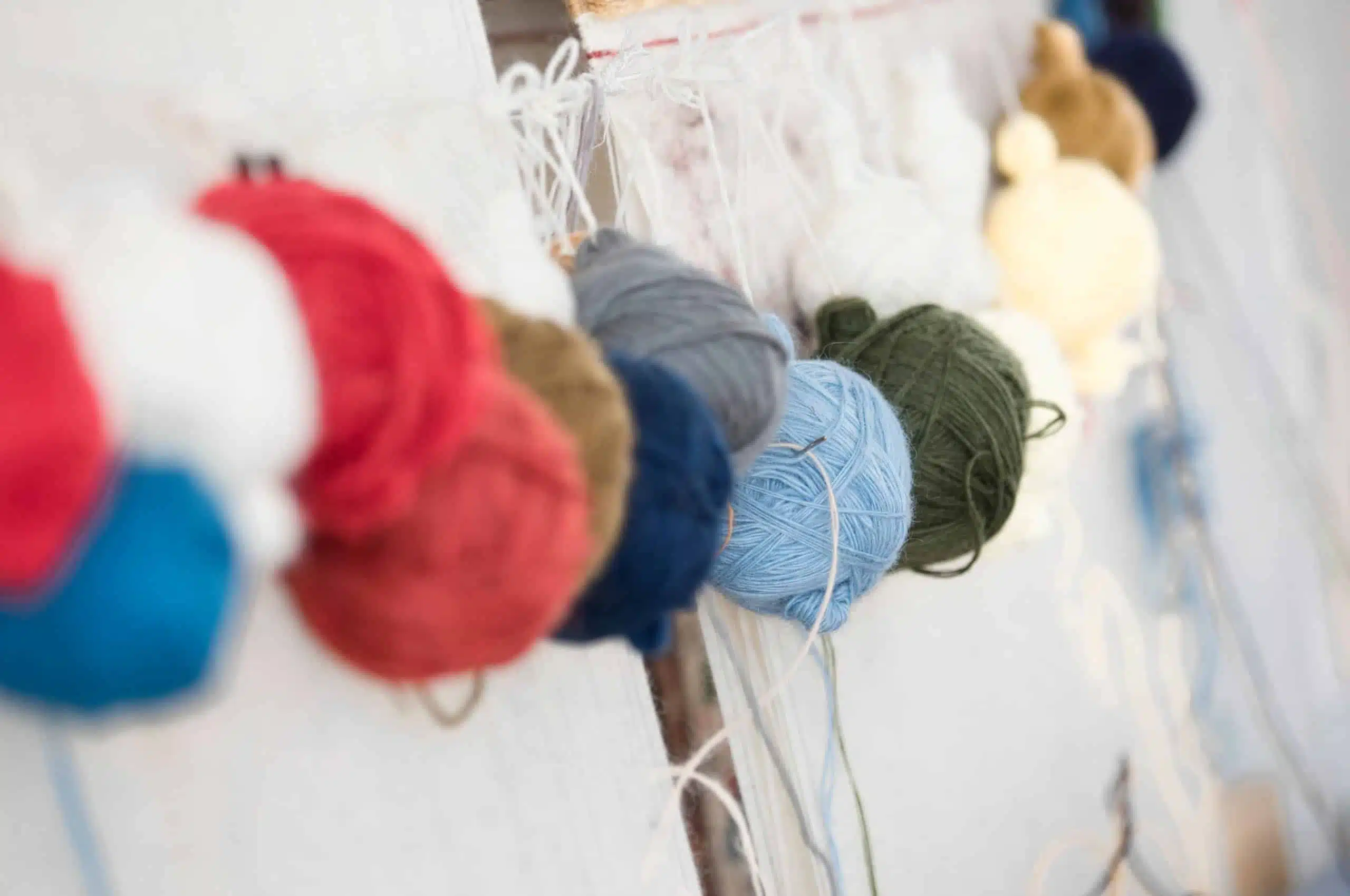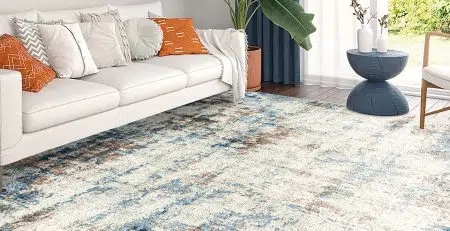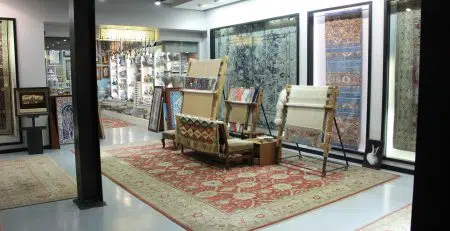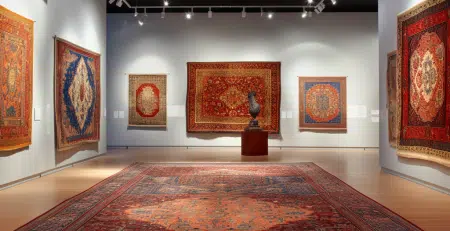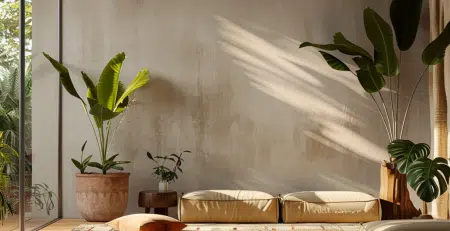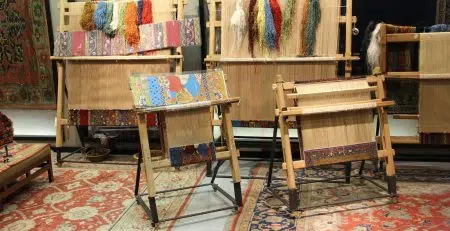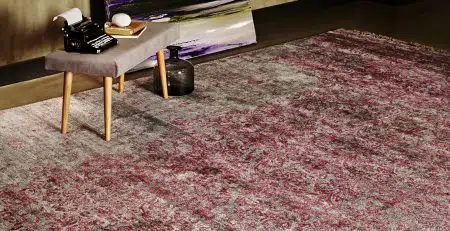Uncovering the Beauty of Natural Dyes: Exploring the Use of Traditional Dyes in Oriental Turkish Rugs
Beril Yilmaz2023-03-28T09:49:11+00:00Using natural dyes for coloring textiles has a rich history dating back thousands of years. Throughout the world, indigenous cultures have developed techniques for extracting dyes from various plant, animal, and mineral sources. These natural dyes offer a wide range of colors that are often deeper and more nuanced than synthetic dyes, and they are valued for their unique beauty, sustainability, and connection to the natural world. In this blog post, we will explore the fascinating world of natural dyes and their use in rug-making, focusing on Oriental Turkish rugs. We will look at some of the most commonly used natural dyes, their history and cultural significance, and the techniques used to create vibrant and long-lasting colors in these stunning works of art.
- Indigo: The use of indigo as a dye dates back thousands of years in various cultures. It is derived from the leaves of the indigo plant, which is native to India and was later introduced to other parts of the world. Indigo was highly valued and often used for royalty because of its rich blue color.
- Madder: Madder has been used as a dye for over 5000 years. It is derived from the roots of the Rubia tinctorum, primarily grown in the Mediterranean region. It was highly valued during the Ottoman Empire, and its use spread to Europe during the Renaissance.
- Pomegranate Rind: Pomegranate is a fruit that is native to Persia and has been used as a dye for thousands of years. It produced shades of yellow and green and was often used with other natural dyes.
- Walnut: The outer husk of the walnut was used as a dye for centuries, particularly in the Middle East and Central Asia. It produced shades of brown and was often used to create the dark colors seen in Turkish rugs.
- Cochineal: Cochineal is an insect that is native to Mexico and was later introduced to Europe. It produces shades of red and was highly valued during the Renaissance. The use of cochineal in Turkish rugs likely came from the influence of the Ottoman Empire, which had trade connections with Europe.
- Sumac: Sumac is a plant native to the Middle East and produces shades of brown. It was often used as a substitute for more expensive dyes such as madder.
- Saffron: Saffron is a spice that is native to the Middle East and was highly valued for its medicinal and culinary properties. It produces shades of yellow and was combined with other dyes to create a range of colors.
- Turmeric: Turmeric is a spice that is native to India and produces a bright yellow color. It was often combined with other dyes to create a range of colors.
The story behind these materials is one of the centuries-old traditions and cultural exchange. The use of natural dyes in Turkish rugs reflects the influence of various cultures and regions and the skill and creativity of the weavers who transformed these raw materials into beautiful works of art.
Combining different natural dyes through overdyeing is a common technique used to create a range of hues in Turkish rugs. Overdyeing involves dyeing yarn already dyed with another color, resulting in a new combination.
For example, to create a shade of orange, a weaver might first dye the yarn with a red dye, such as madder, and then overdye it with a yellow dye, such as saffron. The resulting color would be an orange combination of red and yellow.
Weavers can use a variety of natural dyes and overdyeing techniques to create a range of colors and hues, giving Turkish rugs their characteristic vibrancy and depth of color.
Most Common Mordants to Fix
Mordants are substances that are used to help fix natural dyes to fibers, making the colors more permanent and resistant to fading. They create a chemical bond between the dye and the fiber.
In rug-making, various types of mordants can be used to enhance the color and durability of natural dyes. Here are some common mordants used in natural rug dying:
- Alum: This is one of the most commonly used mordants in rug-making. It is a white powder made from aluminum sulfate and is used to fix natural dyes to wool fibers. It can also be used to brighten and intensify colors.
- Iron: Ferrous sulfate or iron oxide can be used as a mordant to create darker shades of colors such as gray, blue, or black.
- Copper: Copper sulfate can be used as a mordant to create green shades.
- Tin: Stannous chloride or tin oxide can be used as a mordant to create brighter and more vivid colors.
Vegetal vs. Vegetable Terms
The terms “vegetal” and “vegetable” dyes both refer to natural dyes derived from plants, but there is a subtle difference in their usage.
“Vegetal” is a term commonly used in French and refers to dyes derived from plant sources. So when people talk about “vegetal dyes,” they refer to plant-based dyes.
On the other hand, “vegetable” is an English term that can refer to plant-based dyes and dyes derived from other organic sources such as insects, molluscs, and fungi. In general, however, when people in English-speaking countries use the term “vegetable dyes,” they usually refer to plant-based dyes.
So, while both terms refer to natural dyes derived from plants, “vegetal” is a more specific term that relates only to plant-based dyes, while “vegetable” can refer to a broader range of organic dyes.

